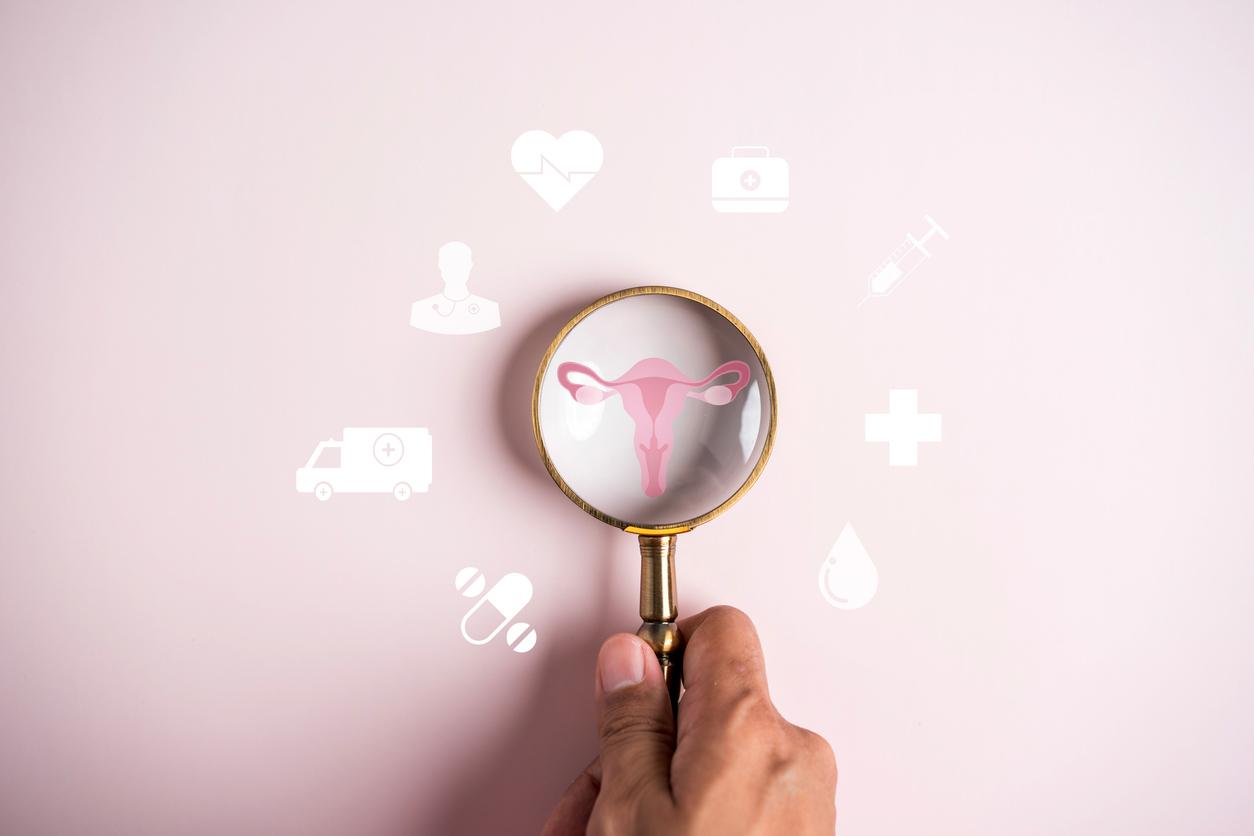For fear of the abolition of Obamacare, more and more American women are opting for “long-acting reversible” contraception, such as the IUD or the implant.

In the United States, the election of Donald Trump in 2016 strongly influenced women’s choice of contraception. According to a new Harvard study, the number of Americans abandoning the pill for long-term methods of contraception, such as the IUD, has increased by 20%. At issue: the possible abolition of Obamacare (Patient Protection and Affordable Care Act) by the current government, as promised during his campaign by the President of the United States.
Patient Protection and Affordable Care Act
“Our findings may reflect a response to fears of losing contraceptive health coverage due to President Trump’s opposition to the Patient Protection and Affordable Care Act,” the authors note.
The Patient Protection and Affordable Care Act, dubbed “Obamacare” and signed into law by President Barack Obama on March 30, 2010, is the main component of reform of the welfare system in the United States. It allowed the creation, at the federal level, of a “universal health insurance”, in particular for the poorest.
Long-acting reversible contraceptives
“Using data from a large sample of American women, we sought to determine whether there had been an increase in the use of long-acting reversible contraceptives among insured women over the past 30 days after the election (of Donald Trump), compared to 30 days before the election and the same period in 2015”, specify the scientists.
“Long-acting reversible” contraception refers to several contraceptive methods that have the common feature of guaranteeing prolonged effectiveness over time while being reversible. Two types of medical devices are currently available: intrauterine devices (IUD) and subcutaneous implants (small devices inserted in the arm, for example, which block ovulation).
The pill is the first contraceptive method for French women
The pill is the first contraceptive method favored by French women (37% use it). This is followed by the IUD (25%), the condom (21%), the implant (5%), then alternative traditional methods (withdrawal, periodic abstinence) and permanent contraception (2%)*.

.
















